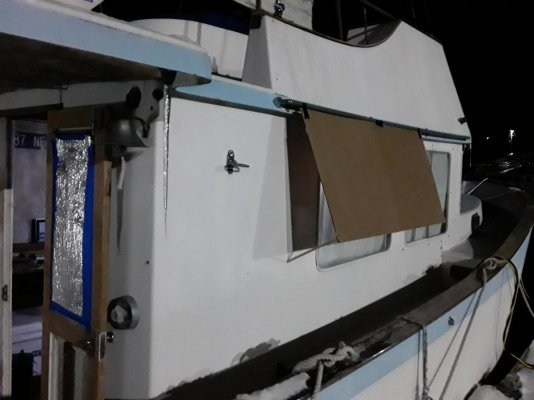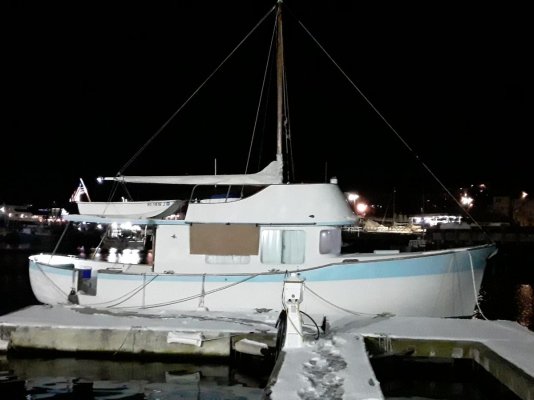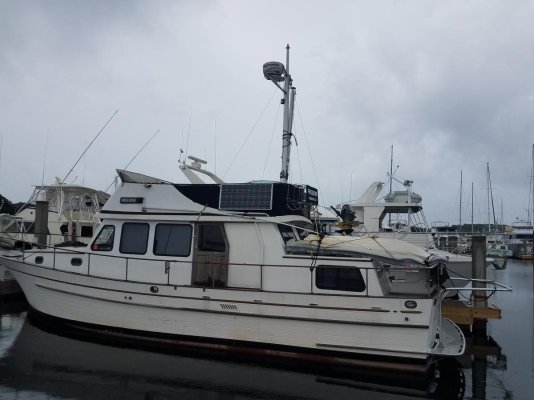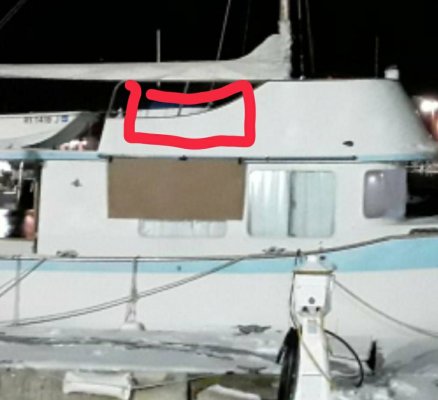My real world experience at anchor for at least two hundred days suggests it is worth adjusting them occasionally during the day to get better angles.....without sitting by it, just adjusting it when convenient.
Usually at anchor, my appointment schedule is light enough to be convenient to do it.
Look at published data about angle and efficiency, even with swinging, part of the time direct facing is better than flat for when the sun is less than 45 degrees.
That is especially true on days when it is cloudy or partly cloudy mid day and 45 degree or vertical close to sunrise and sunset adds many more amp hrs than flat will.
I guess if you have a big enough array, no real need to angle, but for those with limited space and less than 500 watt arrays, it makes a huge difference.
Yep, common sense.




